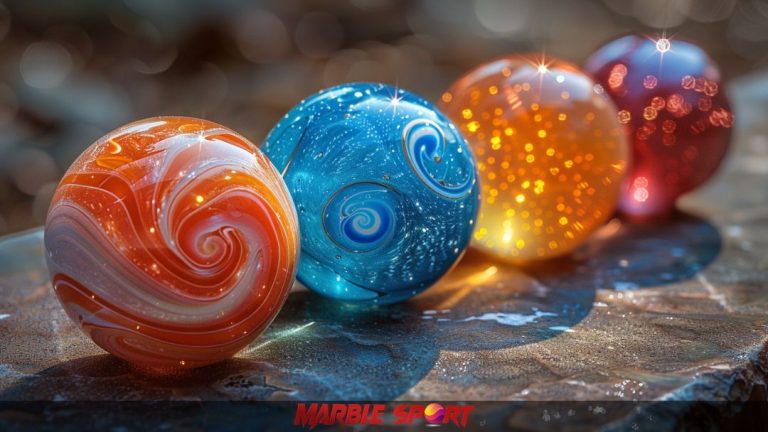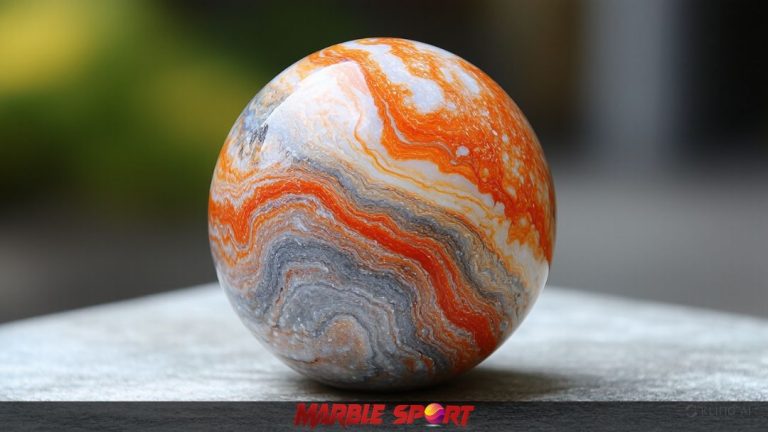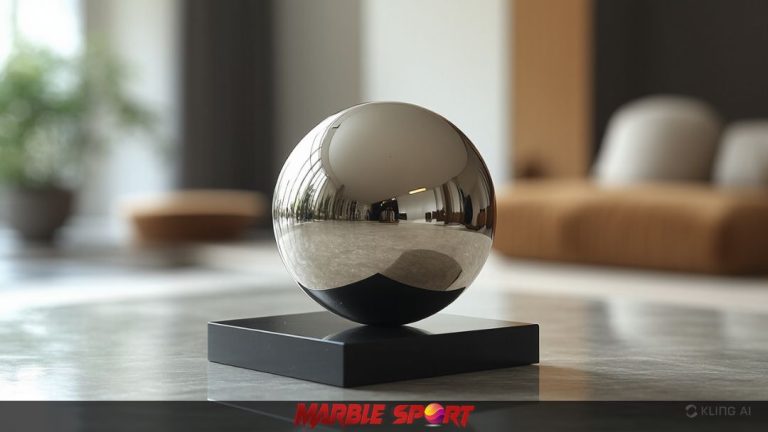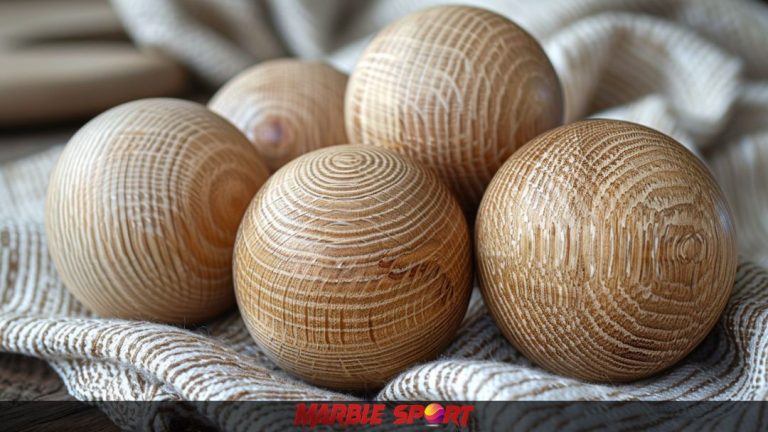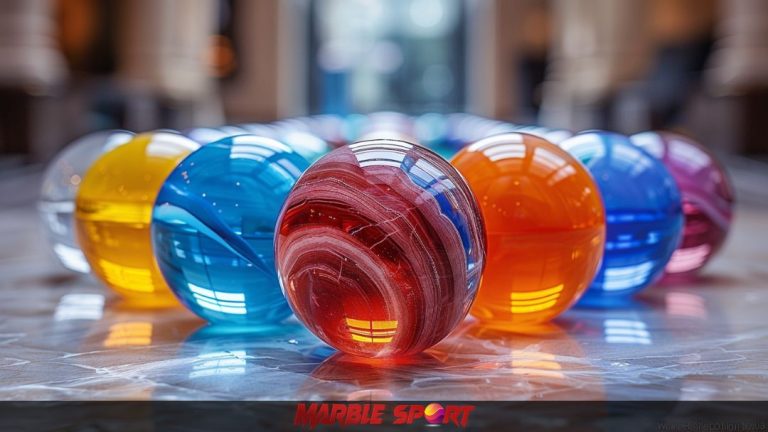Plastic Marble: What they are and how they’re used
Plastic marbles are a lightweight, durable, and budget-friendly alternative to traditional marbles, available in various colors, patterns, and sizes. Initially introduced as a more affordable option to glass and ceramic marbles, they quickly became popular for their resilience and kid-friendly design. Their vibrant appearance and versatility make them ideal for casual play, arts and crafts, and educational activities.
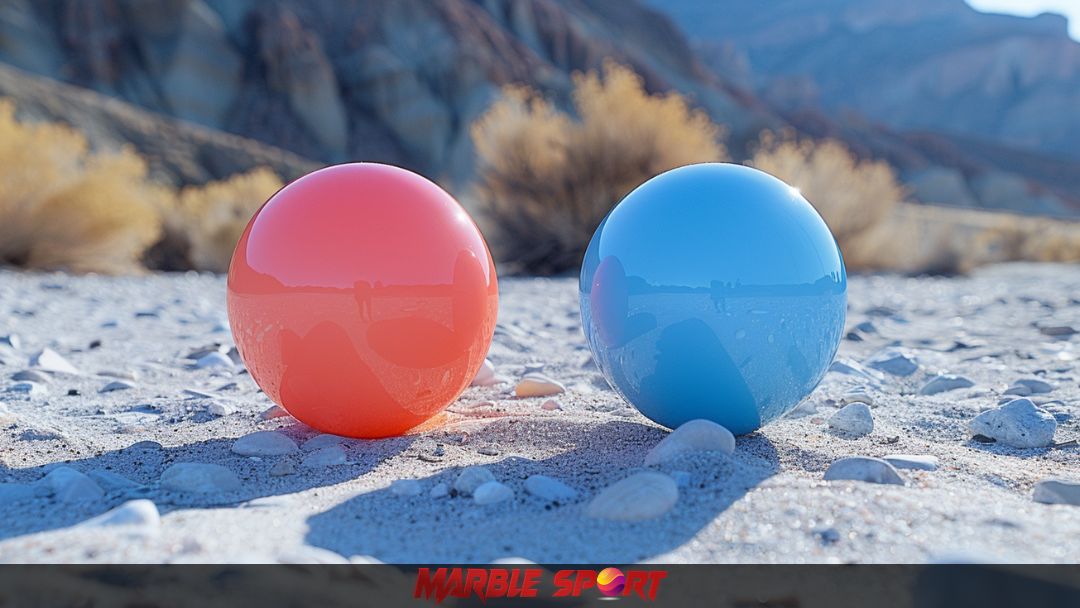
Today, plastic marbles are widely used because they’re affordable, easy to replace, and safe for younger players. Whether for games, creative projects, or experimental marble runs, they’re a go-to option for anyone looking for practicality without sacrificing fun.
Common uses of plastic marbles
Plastic marbles are a go-to choice for kid’s games and activities. Their lightweight design and affordability make them perfect for simple games like marble shooting and sorting challenges. They’re often included in educational toys and puzzles, helping children develop coordination and problem-solving skills. Plus, since they’re inexpensive, losing 1 or 2 during play isn’t a big deal.
Decorations
With bright colors and glossy finishes, plastic marbles work well as decorative accents. They’re often used as vase filters, table scatter, or centerpiece decorations to add a playful or colorful touch. Their lightweight nature also makes them ideal for hanging ornaments or holiday crafts, offering endless creative possibilities for home decor.
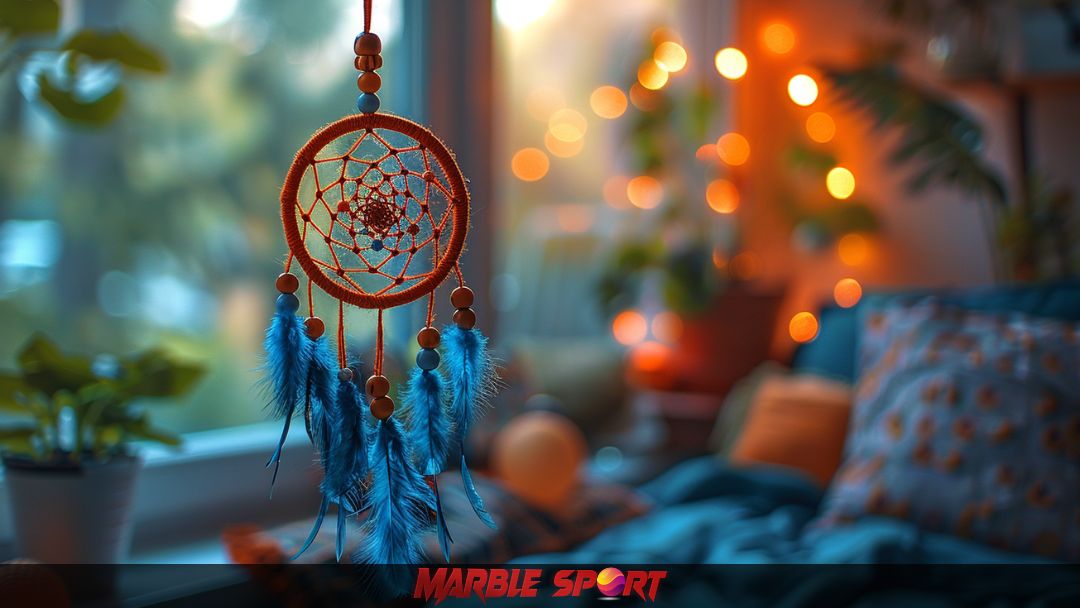
DIY crafts
Crafters love plastic marbles because they’re easy to glue, paint, or reshape. They’re commonly used in jewelry-making, mosaic art, and Custom Marble projects like picture frames and candle holders. Their variety of colors and patterns allows for endless customization, they’re great for adding a splash or personality to handmade creations.
Marble runs
Plastic marbles are a popular choice for building marble runs, especially for kids and beginners. Their lightweight design makes them safer to use on homemade tracks and less likely to damage structure during testing. While they might not deliver the speed of glass marbles, their affordability and ease of handling make them perfect for experimenting with track layouts and obstacles.
Strengths of plastic marbles
One of the biggest advantages of plastic marbles is their affordability. They’re inexpensive to produce, making them a budget-friendly option for families, schools, and hobbyists. Since they’re widely available in stores and online, it’s easy to replace lost marbles or stock up for larger projects without spending much.
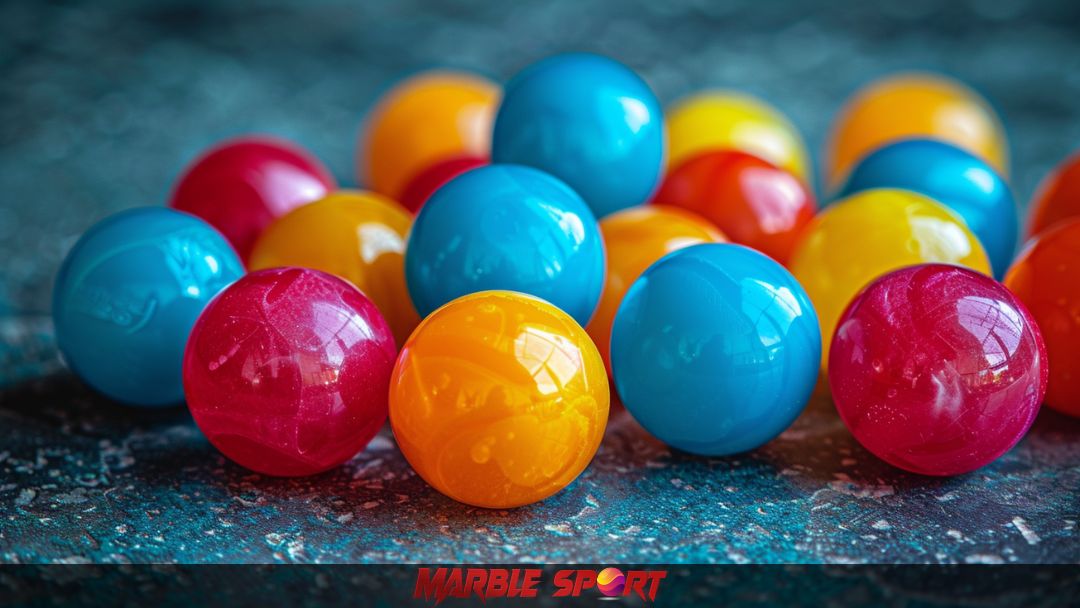
Lightweight and safe for kids
Plastic marbles are lightweight, which makes them safer for younger children compared to heavier glass or ceramic marbles. They’re less likely to cause damage if dropped and are easier for small hands to handle. Parents often choose them for playrooms and group activities where safety is a priority.
Variety of colors, patterns, and designs
Plastic marbles stand out for their vibrant colors and creative patterns. From transparent swirls to solid shades and glittery finishes, there’s a style to suit any purpose. This variety makes them ideal for decorative projects, crafts, and themed games. For me, I’ve always liked how their bright designs add fun to any setup, whether it’s a marble run or a tabletop display.
Resistant to chipping and cracking
Unlike grass or ceramic marbles, plastic marbles are less prone to cracking or chipping. Their durability makes them reliable for long-term use, especially in games and activities where frequent handling is expected. They’re tough enough to survive accidental drops and rough play, which add to their practicality.
For those looking for more durable alternatives, exploring the Strengths of Metal Marbles might be a great option.
Weaknesses of plastic marbles
While plastic marbles resist chipping and cracking, they’re not as sturdy as ceramic or glass marbles. Over time, they can develop scratches, dents, or surface wear, especially with frequent use. This makes them less suitable for long-term collections or competitive where durability matters the most.
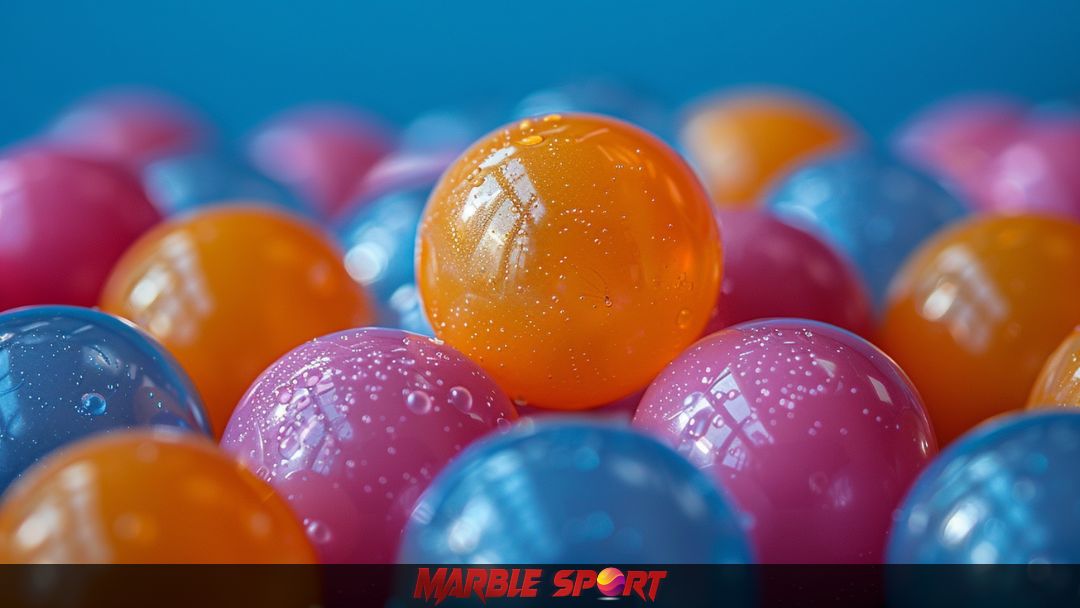
Lack of precision and smoothness for racing
Plastic marbles often lack the perfect roundness and smooth surface needed for high-performance racing. Their lightweight nature can lead to wobbling or slower speeds on tracks, making them less reliable for competitive setups. For serious racers, this may be a noticeable drawback.
Perceived as less premium for collectors
Plastic marbles, despite their bright colors and designs, can sometimes feel cheap compared to the weight and polish of glass ceramic marbles. Collectors may view them as more practical than decorative, which could limit the appeal of high-end displays or vintage collections.
Environmental concerns
Being made of plastic, these marbles raise environmental concerns. They’re not biodegradable, and disposing of them responsibly can be a challenge. For eco-conscious users, this may be a dedicated factor, especially with more sustainable options like ceramic or wooden marbles available.
Suitability for racing
Plastic marbles work well for casual racing, especially for beginners or kids trying out homemade tracks. Their lightweight design makes them safe and easy to handle, which is great for experimenting with ramps, loops, and obstacles. While they may not be built for high-speed races, they’re perfect for creative setups where fun matters more than precision.
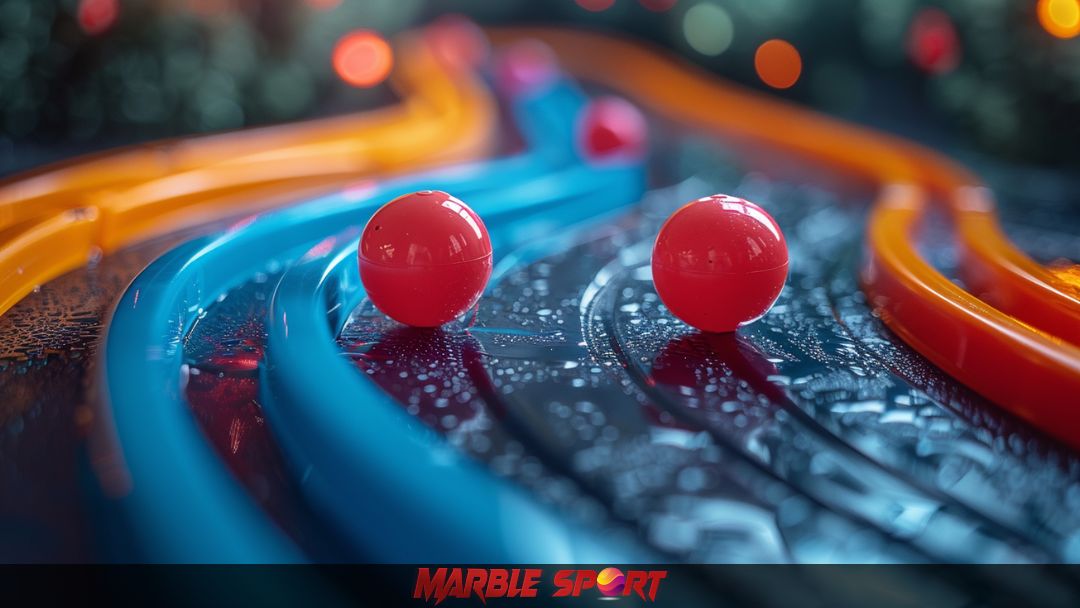
Lightweight design affects speed and stability
Because plastic marbles are lighter than glass or ceramic ones, they tend to roll slower and may struggle to maintain momentum on steeper tracks. This can sometimes lead to unpredictable movement, making them less reliable for competitive races where speed and control are key. However, this slower pace can be an advantage when testing new track designs or teaching kids how to build and adjust tracks.
Best for beginners and DIY track projects
For beginners and hobbyists, plastic marbles offer a budget-friendly way to experiment with racing concepts. They’re ideal for DIY projects, where the focus is on creativity rather than competition. Many times I’ve personally seen them shine on obstacle-based tracks where flexibility and imagination take center stage.
Final thoughts
Plastic marbles are a practical and affordable option for a variety of uses. Whether for casual games, creative crafts, or decorative displays, they offer versatility without breaking the bank. Their lightweight and colorful designs make them especially appealing for kids and hobbyists, while durability stands up well to every play.
That said, they may not be the topic for serious collectors or competitive racers due to their lightweight and less premium feel. But for beginners, experimental track setups, and budget-friendly projects, plastic marbles fit the bill perfectly.
If you’re looking for marbles that are fun, safe, and easy to work with, plastic marbles are hard to beat. They may not win the speed races, but they certainly win the points for practicality and creativity. If you’re looking for marbles that are fun, safe, and easy to work with, plastic marbles are hard to beat. They may not win the speed races, but they certainly earn points for practicality and creativity. For more options and expert insights, explore https://marblesport.com/ to find the perfect marbles for every need.
Can marbles be made of plastic?
Yes, plastic is a common material for marbles, especially for safe play, DIY projects, and educational games.
What is the plastic marble price?
Plastic marbles are very affordable, often sold in bulk for just a few dollars depending on size and quantity.
Are plastic marbles good for racing?
They’re great for casual or beginner tracks but lack the speed and stability needed for competitive racing.
Do plastic marbles break easily?
No, plastic marbles are resistant to chipping and cracking, making them durable for everyday play.
